Plants and animals display an astounding variety of amorous exploits that make our love lives seem simple in comparison. There are hermaphroditic snails that square off in a dual — complete with the molluscan equivalent of swords — during courtship, plants that produce fruit for animals that no longer exist, wasps with a singular and fatal attraction to figs, crabs that would rather find an ally than anemone, and rodents that settle down with their one, true volemate. Celebrate your love for life on Earth with these five natural history themed Valentine’s Day cards. Artwork by Nicholas Bezio.
Click to download all five cards.
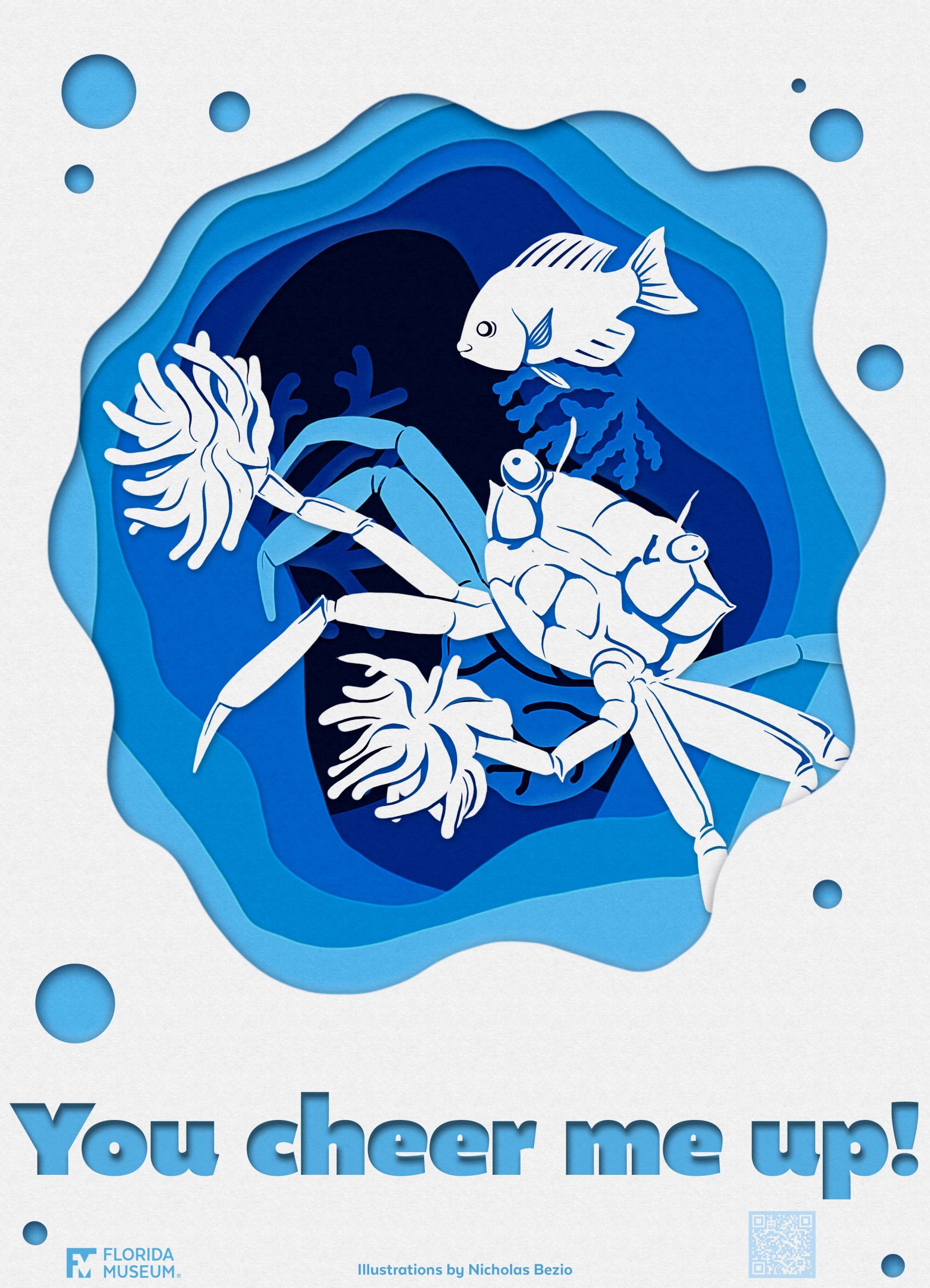 Pom pom crabs
Pom pom crabs
There are plenty of fish in the sea, and most of them are voraciously hungry. This makes life difficult for crabs, especially those that are small and have a colorful but flimsy carapace. Such is the case for pom pom crabs, which are less than an inch long when fully grown — the perfect, bite-sized morsel for the hordes of hungry fish scavenging the sea floor.
To protect themselves, pom pom crabs team up with an unlikely partner: sea anemones. Similar to jellyfish, anemones are packed with venomous stinging cells used for hunting and protection. Pom pom crabs, which can’t be stung through their carapace, exploit this trait by using the anemones as weapons. They carry one, flower-shaped anemone in each of their front pincers and wave them around like cheerleaders whenever they feel threatened. Most fish are understandably reluctant to go after a meal if it means being punched in the face with a bouquet of needles.
Pom pom crabs also use their anemones for hunting. Their front pincers are delicate, adapted to gently grip the anemones without pinching them in two. This makes their pincers useless for subduing prey and cracking open shells. Instead, pom pom crabs take advantage of the anemones’ stinging cells to capture small prey.
Needed for both defense and foraging, the small anemones used by pom pom crabs are a hot commodity. If a crab is unable to find its own anemone, it will often steal one from a neighbor. Fortunately, sea anemones can reproduce asexually, and any crab that falls victim to theft can rip its one remaining anemone in half and allow each fragment to grow until fully formed.
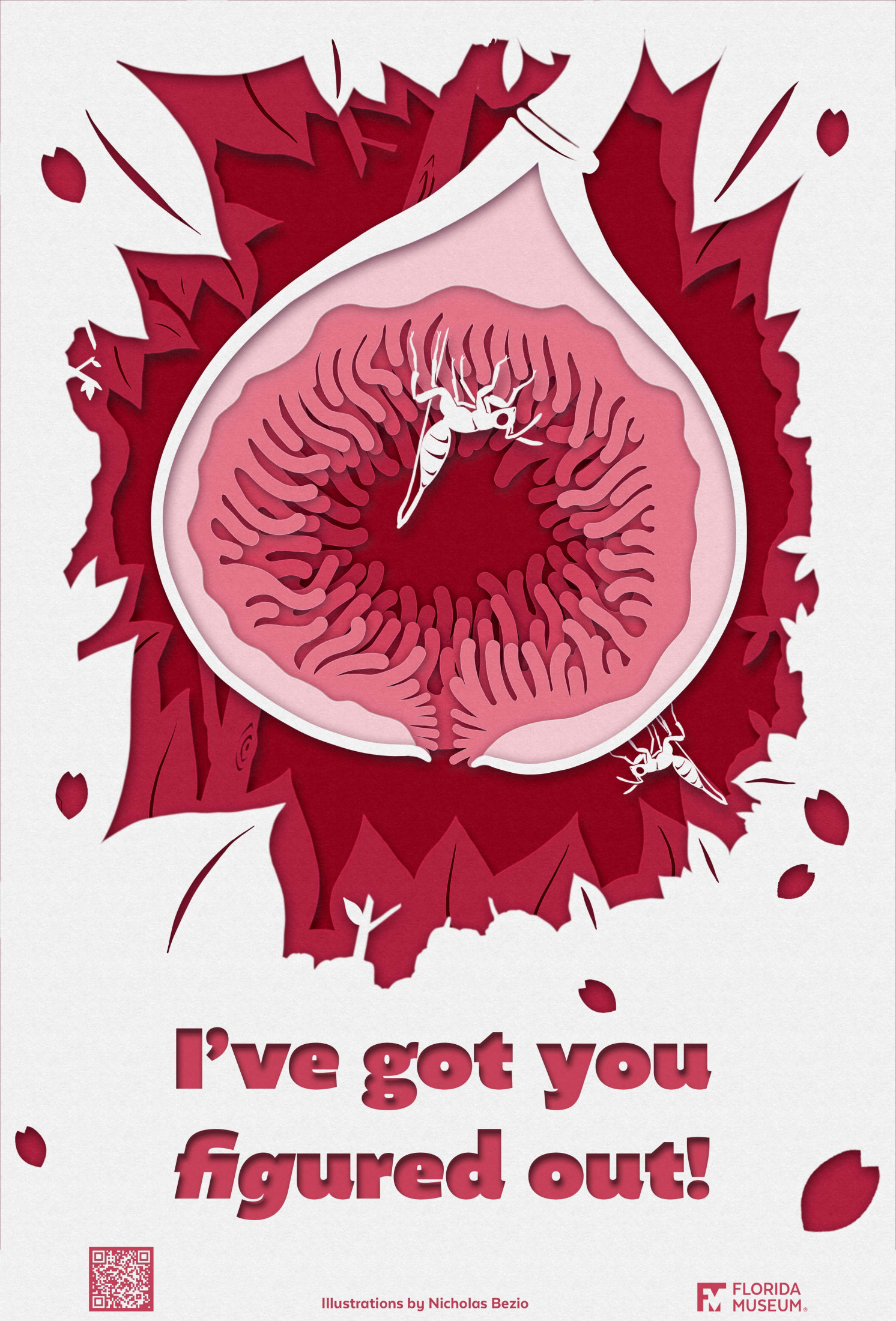 Fig and wasp mutualism
Fig and wasp mutualism
Have you ever seen a fig flower? Chances are you have without realizing it. Unlike plants that produce gaudy petals to attract pollinators, figs conceal numerous, non-descript flowers inside something called a synconium. This structure looks nearly identical to the fruit they eventually develop into, making it seem as though figs skip the flowering process altogether.
Roughly half of all fig species are monecious, meaning they produce a single type of flower with both male and female reproductive organs. The flowers emit a fragrant odor that attracts female wasps, which are on the lookout for a place to lay their eggs. Figs are packed with nutrients and equipped with a convenient opening through which to enter, making them the perfect wasp nursery.
The female crawls through the opening, often losing her wings and antennae as she struggles to burrow inside. There, her short life will end, but not until she’s laid her clutch of eggs, which will hatch inside the synconium. The wasp larvae feast on the seeds, molt and reproduce. The males spend their entire lives within the fig, but the females will head out in search of a new synconium, taking an allotment of pollen with them. The pollen rubs off as she crawls through the maze of florets, fertilizing the flowers’ eggs.
At this point, you might be questioning whether to ever eat another fig again, given that they come prepackaged with insect protein. But don’t worry. Many commercial figs are produced asexually through a process called parthenogenesis. In figs that do depend on insects, the fruit secrets an enzyme that digests the wasps as it ripens, meaning you’re unlikely to encounter any crunchy wasp bits the next time you eat a Fig Newton.
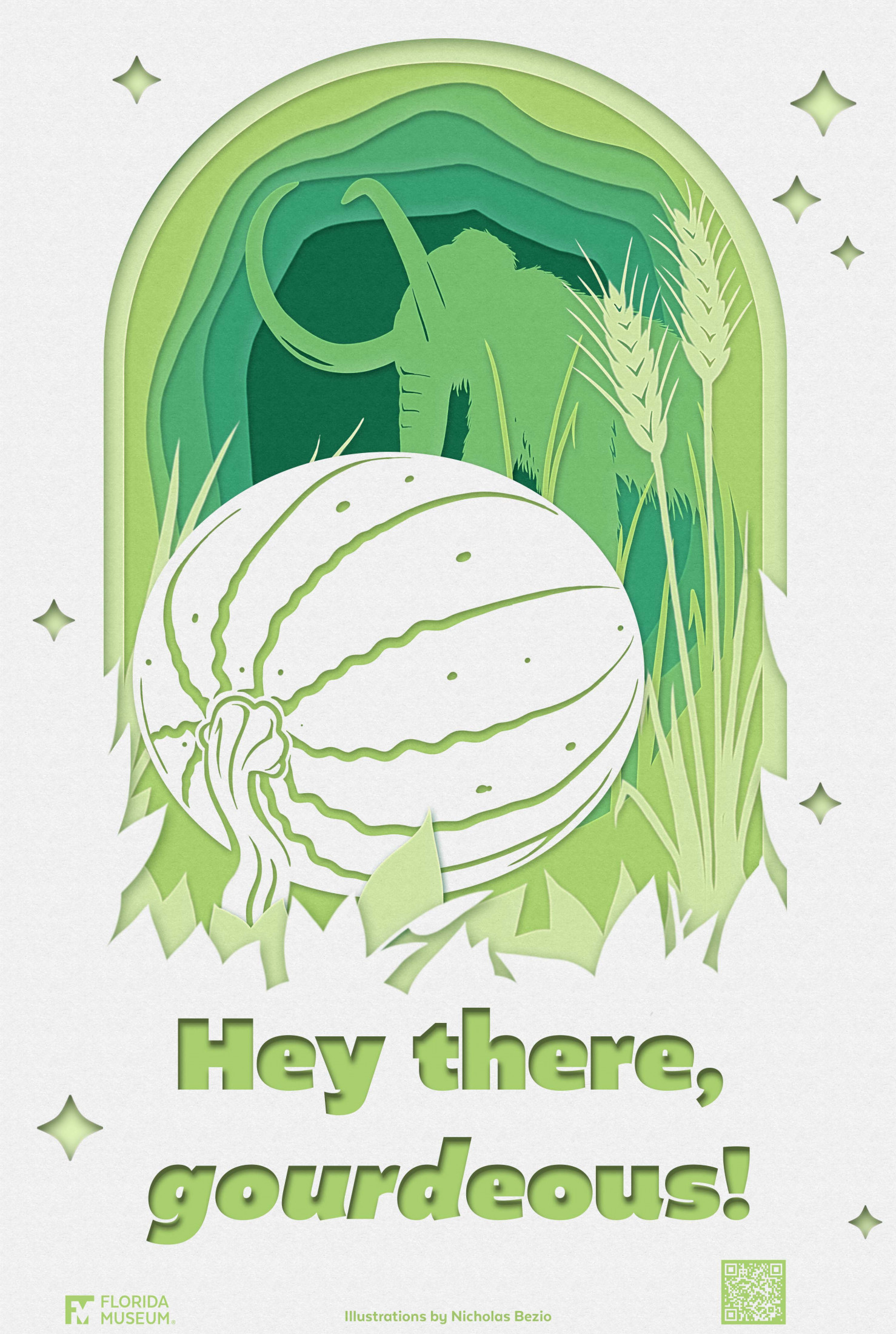 Anachronistic fruit
Anachronistic fruit
If you’ve ever enjoyed a watermelon on a sultry summer day, carved a pumpkin, snacked on a pickle or scrubbed with a loofah sponge, you have mastodons to thank.
Many species in the gourd family evolved alongside megafauna like mammoths, giant ground sloths and elephant relatives called gomphotheres. All these hulking animals stomping around created bright, open environments that many gourd species thrive in. Gourd seeds have been discovered in fossilized mastodon dung, illustrating a close relationship in which these plants relied on giant mammals for space and seed dispersal, and the animals relied on the plants for food.
As humans spread across the continents during the ice ages, these leviathan mammals began to disappear, driven to extinction by a combination of climate change and overhunting. In the absence of their evolutionary partners, it’s likely that many gourds would have gone extinct as well, had not another group of mammals intervened. The same humans that ate mammoths into extinction also developed an appetite for gourds and began cultivating them about 10,000 years ago.
Gourds aren’t the only fruits that co-evolved with giants. The same is true of avocadoes and cacao (chocolate), which were similarly favored and cultivated by humans. Other plants weren’t so lucky. Osage orange, Kentucky coffee tree and honey locust, among others, all produce anachronistic fruit, but these species weren’t useful to humans, and their distribution has shrunk considerably as a result.
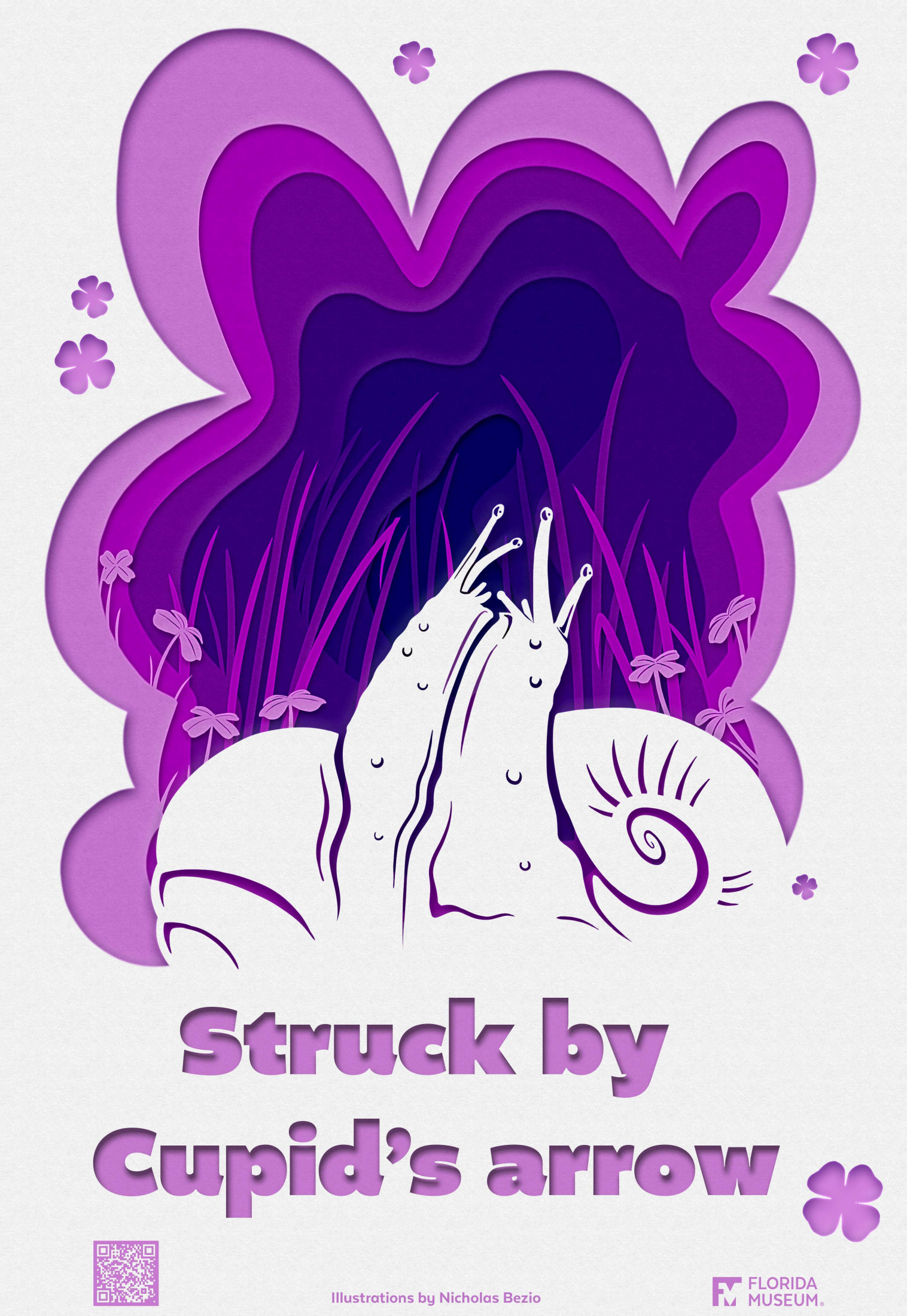 “Love” darts
“Love” darts
Snails bring a whole new meaning to the term “heartache.” The majority of land snails are hermaphroditic, with fully functioning male and female reproductive organs. When mating, each snail transfers sperm to the other, but there’s a strong incentive to avoid being the one that develops eggs, which require additional energy and resources. In the evolutionary equivalent of the game Not It!, each snail produces digestive enzymes that destroy the other’s sperm before fertilization can take place.
To ensure that at least one partner lays eggs, some species enact a bizarre courtship ritual in which each snail attempts to impale their partner with a dart made variously of calcium, chitin or cartilage. The blade can measure up to one-fifth the snail’s length and is coated in a fine layer of mucous. When a snail is stabbed, hormones within this mucous cause a cascade of reactions that make it more likely for sperm to reach the egg before they’re digested.
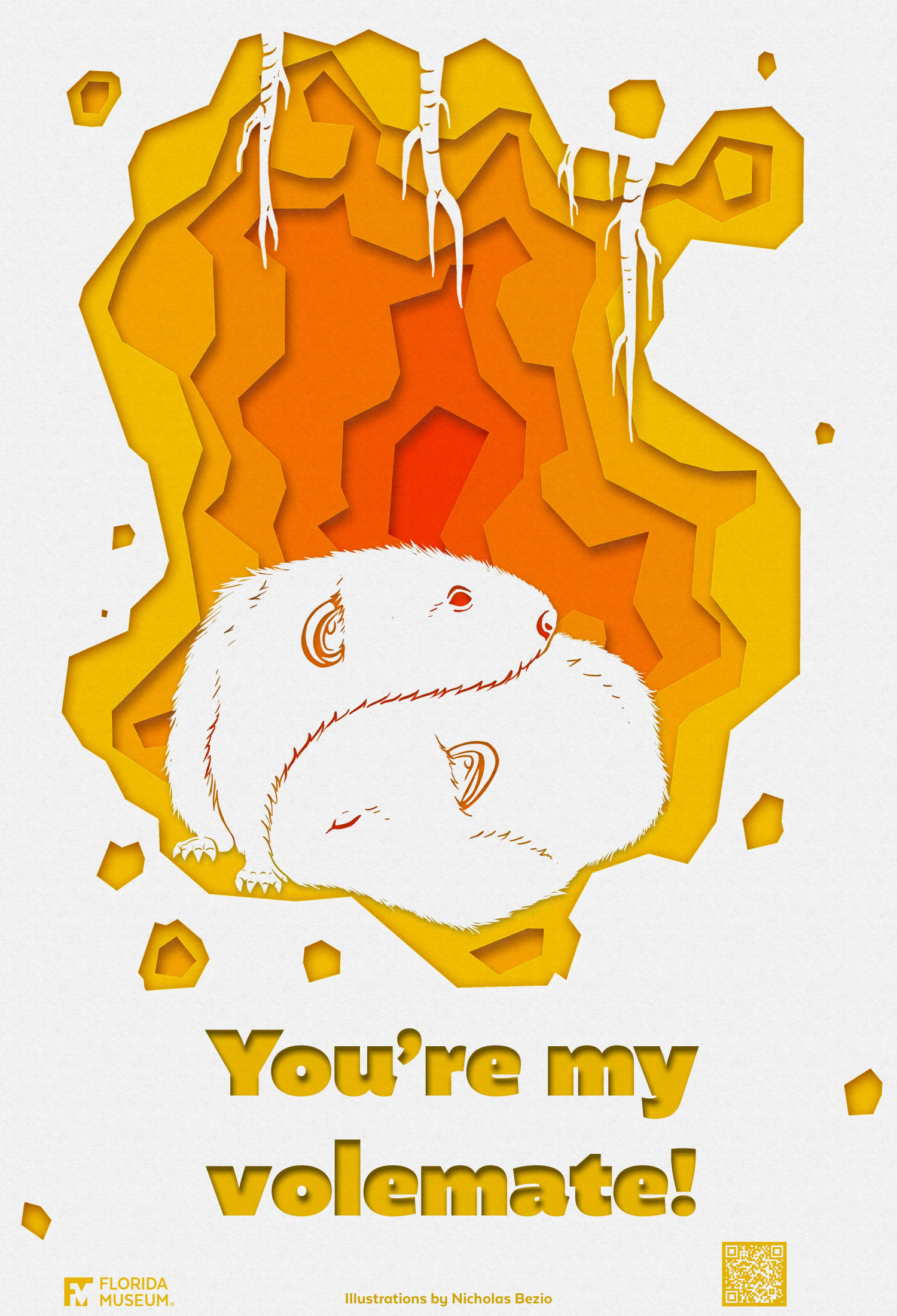 Prairie voles
Prairie voles
Monogamy is rare among mammals. Of the 4,000 or so species that exist today, only about 5% have individuals that bond with a single mate.
Among these, prairie voles are one of the best-known examples. Unlike most other rodents, prairie voles form a lifelong partnership with a single individual. They’re also pathologically fond of snuggling, which helps strengthen the bond between mates.
Intriguingly, one of the closest relatives — the meadow voles — prefer a more promiscuous relationship where males and females often pair with multiple partners. This stark contrast between otherwise similar species has allowed scientists to study how monogamy arises in animal communities.
The likely cause is the difference between the environments they inhabit. Although they overlap throughout parts of their range in North America, meadow voles tend to be more common in the boreal region, where they have ample food and a variety of different places to live. Males often wander over large territories and encounter multiple females during their travels. The females, conversely, confine themselves to a smaller area and are hostile to any nearby females for much of the year.
Prairie voles are more common in the Midwest, where grasslands sprawl uninterrupted from one end of the horizon to the other. Their populations tend to be more scattered as a result, reducing the likelihood that males will encounter multiple females and vice versa. In this context, it may be more beneficial for the males and females to band together and pool their resources.